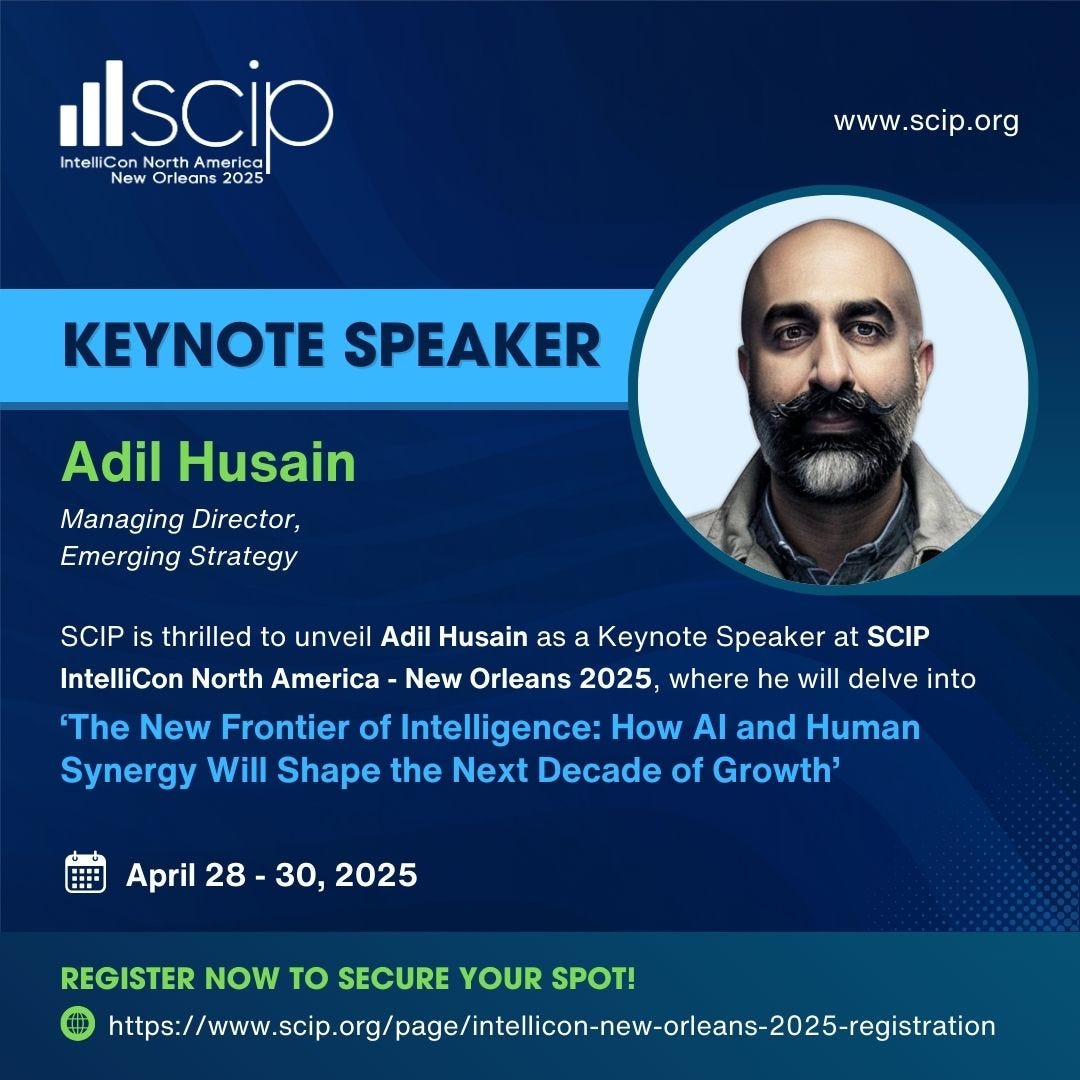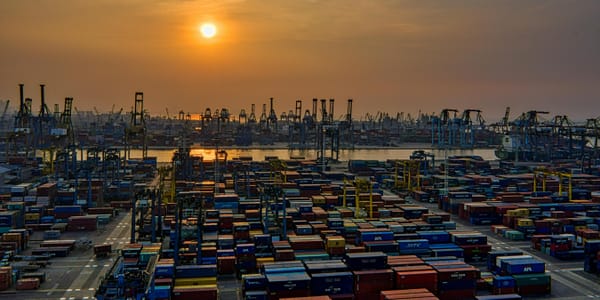You’ve already seen the headlines: regionalization is accelerating, China is losing share, Mexico and Vietnam are booming.
Your execs have seen them too.
The job now isn’t spotting the trend. It’s translating what that trend really means before the downstream impacts become internal emergencies.
Inside many organizations, the prevailing belief is that supply chains have been “de-risked” and resilience has been achieved. But in our work with global firms, we’re seeing a different reality emerge that hasn’t yet made its way into most board decks or strategy off-sites.

It looks like this:
- M&A is being used to preserve access, not drive growth.
- So-called “connector” countries are becoming geopolitical chokepoints.
- “Resilience” efforts are too often surface-level and symbolic.
- And innovation pipelines: R&D, data, technical collaboration are splitting across blocs in ways that will quietly erode future competitiveness.
As a leader in strategy, market intelligence, or research, your role is to help the organization think clearly before it reacts too late.
Let’s break down the four things you may need to reframe internally now.
Before we proceed, I’d like to give you a taste of something new⚡ and amazing we’re building:
You’re invited to chat with Dave, our friendly Aussie robot 🤖, about this very article.
Just try giving him a ring at +1-240-201-3239
He’s available 24x7!
Feel free to drop me an email later and let me know how it went.
1. M&A Is Quietly Shifting from Expansion to Continuity
We’re seeing corporate development teams recalibrate. The most strategic deals today aren’t about entering new markets—they’re about ensuring you can still operate in the ones you’re already in.
Example: A multinational client recently acquired a Tier 2 supplier in Poland, not for growth, but to lock in manufacturing continuity within the EU bloc.
This is M&A as a risk response, not an expansion lever.
As an insight leader, that changes what you track:
- Strategic M&A is increasingly defensive in nature.
- “Deal flow” may signal perceived vulnerability, not just opportunity.
- Analysts need to assess bloc-level exposure and local asset control—not just TAM and share.
How to add value internally:
- Highlight when peer firms are using M&A to shore up regional continuity.
- Flag risk-hedging behavior in competitor or supplier behavior.
- Help reframe corp dev assumptions: growth ≠ safety.
2. Connector Countries Are Becoming the New Bottlenecks
Your executive stakeholders may feel confident about “diversifying out of China.”
But moving into Mexico or Vietnam isn't necessarily diversification, it may just be re-centralization by another name.
- Mexico now exceeds China as the U.S.’s #1 import source.
- Vietnam’s exports grew at 8.2% CAGR since 2019, hitting $440B in 2023.
These are no longer hedge markets—they’re becoming critical dependencies.
Your opportunity as an intelligence lead:
- Map overexposure to “connectors” and identify fragility masquerading as flexibility.
- Stress-test bloc alignment assumptions (what if these countries are forced to pick sides?).
- Inform procurement or corp dev with early indicators of saturation or regulatory pressure.
This is the kind of insight that can shift not just where strategy looks—but how it reasons.
3. Not All Resilience Is Real
You’ve probably seen this internally:
- Announcements of new visibility tools.
- Moves to nearshore or diversify vendor lists.
- Bold claims about de-risked operations.
But under the surface:
- Tier 2 and Tier 3 supplier concentration remains high.
- Regional teams may lack decision authority in a crisis.
- Dashboards exist, but crisis governance doesn’t.
This is resilience theater.
As the person responsible for intelligence or research, you likely see the dissonance. The key is to translate that into structured internal challenge:
- Benchmark “real” vs. “narrative” resilience across regions or functions.
- Package findings into briefings that balance clarity with provocation.
- Ask tough but necessary questions: What would break first in a 10-day disruption? Who decides? Who acts?
When others focus on the veneer, you lead the deeper diagnostic.
4. Innovation Pipelines Are Quietly Splintering—and That’s a Strategy Risk
The long tail of fragmentation isn’t physical supply chains but knowledge networks.
This is starting to show up in:
- Export control regimes that restrict R&D collaboration.
- Divergent data localization laws that trap AI training datasets behind borders.
- National security scrutiny around who can access what tools, models, or infrastructure.
We’re already seeing the implications:
- Dual-track semiconductor R&D pipelines.
- Region-specific cloud deployments.
- Slower transfer of IP and talent across jurisdictions.
Are you leading foresight effort here?
Not enough internal teams are mapping:
- How regulatory divergence is slowing innovation.
- Where regional capabilities are beginning to decouple.
- Which functions (R&D, analytics, partnerships) may need to be localized next.
This is where “market intelligence” becomes innovation risk intelligence, and where insight teams can shape how their company thinks about long-term strategic advantage.
What To Do Now
This moment is tailor-made for strategy, research, and insights leads who:
- Translate uncertainty into choices.
- Help the business look beyond efficiency toward resilience by design.
- Connect early signals to executive narratives that change behavior.
You don’t need to sound the alarm.
But you do need to help the organization:
- Reframe “safe” moves that may actually increase fragility.
- Rethink assumptions baked into growth, M&A, and supplier plans.
- Recognize the slow-moving fragmentation of innovation as a strategic risk.
This is your window to lead—not just report.
If you'd like help pressure-testing assumptions, benchmarking peer moves, or building a sharper strategic narrative for internal stakeholders—we're here.
Did you try quizzing robot Dave🤖 about this article?
He’s a very knowledgeable and friendly Aussie 🦘 who won’t take offense at anything you throw him.
You can reach him at +1-240-201-3239
I’m a keynote speaker at SCIP next week in New Orleans. I’m speaking on Tuesday Apr 29 at 1:15PM.
I promise it will not be boring.
In fact, it may be more than you can handle, right after lunch.
Let me know if you’ll be there and want to connect in person.








